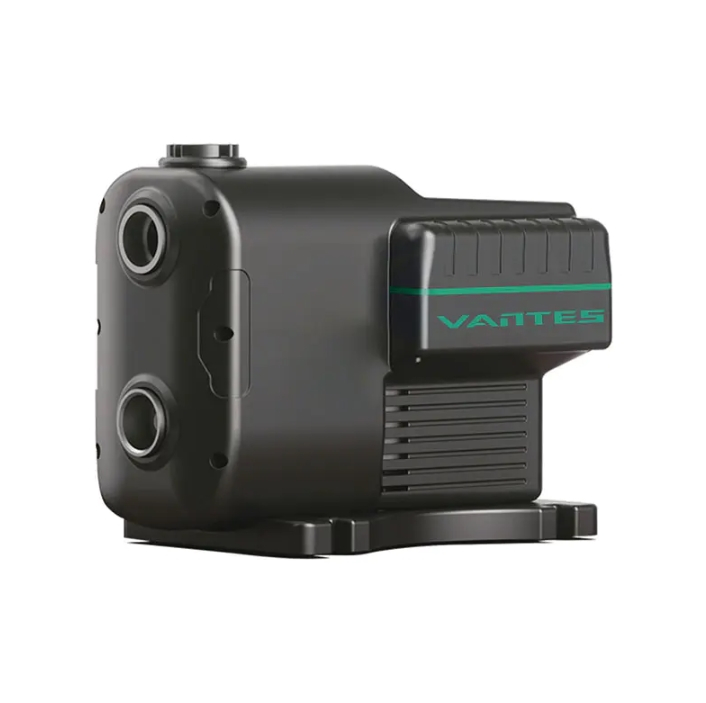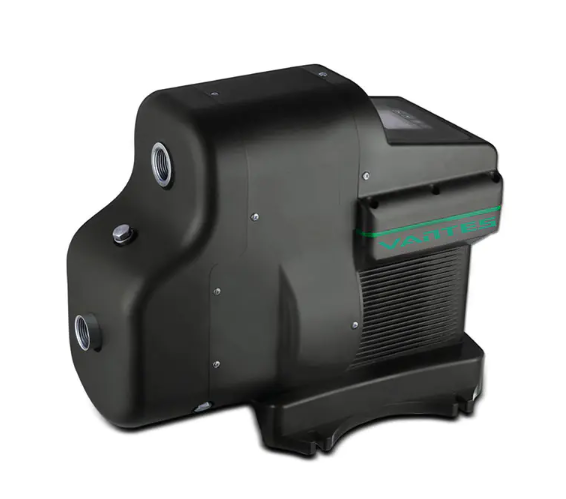Centrifugal Booster Water Pump in Modern Utility Systems

The combined function of an Intelligent Centrifugal Pump and a Centrifugal Booster Water Pump delivers an effective approach to maintaining steady water pressure in both domestic and industrial settings. These two systems complement each other, ensuring that water moves efficiently through pipelines and reaches every outlet at a consistent rate. As more homeowners and engineers recognize the importance of stable water systems, these pumps are being installed in new constructions, hotels, and irrigation networks for their reliability and adaptability.

The intelligent centrifugal pump operates based on variable frequency technology, adjusting the motor speed to meet real-time water demand. When multiple taps are opened simultaneously, the system automatically increases pressure output. Conversely, when demand decreases, it lowers energy consumption without affecting flow quality. This not only saves power but also reduces wear on the mechanical components.
Meanwhile, the centrifugal booster water pump acts as the backbone for pressure enhancement. It compensates for weak municipal supply, enabling water to reach higher floors or distant outlets without delay. In areas where water distribution varies throughout the day, the booster ensures continuous flow, preventing sudden drops in shower or tap pressure. Many modern booster systems include automatic start and stop sensors, so users don’t need to manually adjust the pump operation.
Another characteristic that stands out is the combination’s long-term durability. The materials used—typically stainless steel and brass—are chosen for their resistance to corrosion and temperature fluctuation. This allows the pumps to handle both clean and slightly abrasive water sources without performance loss. Sealing rings and bearings are designed to minimize friction, extending service life while maintaining quiet operation.
One major benefit of intelligent systems lies in the control interface. Users can monitor pressure levels, flow rate, and motor conditions through digital displays or remote panels. Some advanced units even allow integration with building automation systems, providing centralized management for entire water networks. This type of digital feedback simplifies maintenance and ensures operational transparency.
Installation flexibility is another advantage. Compact models can be fitted in small utility rooms or underground systems without taking much space. For industrial use, large-scale units can be customized with reinforced casings and multi-stage impellers to handle higher volumes of water transfer.
- Art
- Causes
- Crafts
- Dance
- Drinks
- Film
- Fitness
- Food
- Jocuri
- Gardening
- Health
- Home
- Literature
- Music
- Networking
- Alte
- Party
- Religion
- Shopping
- Sports
- Theater
- Wellness

